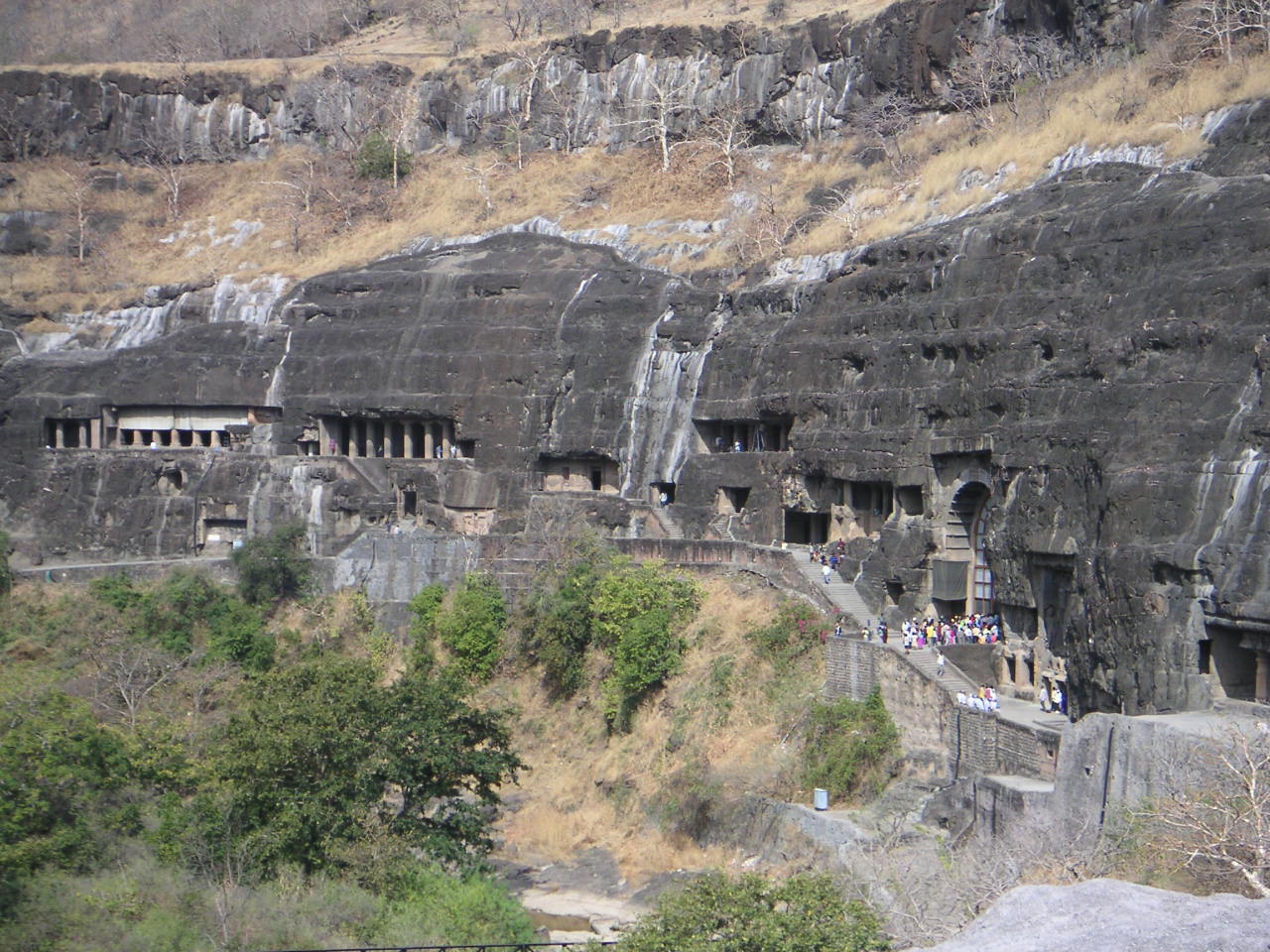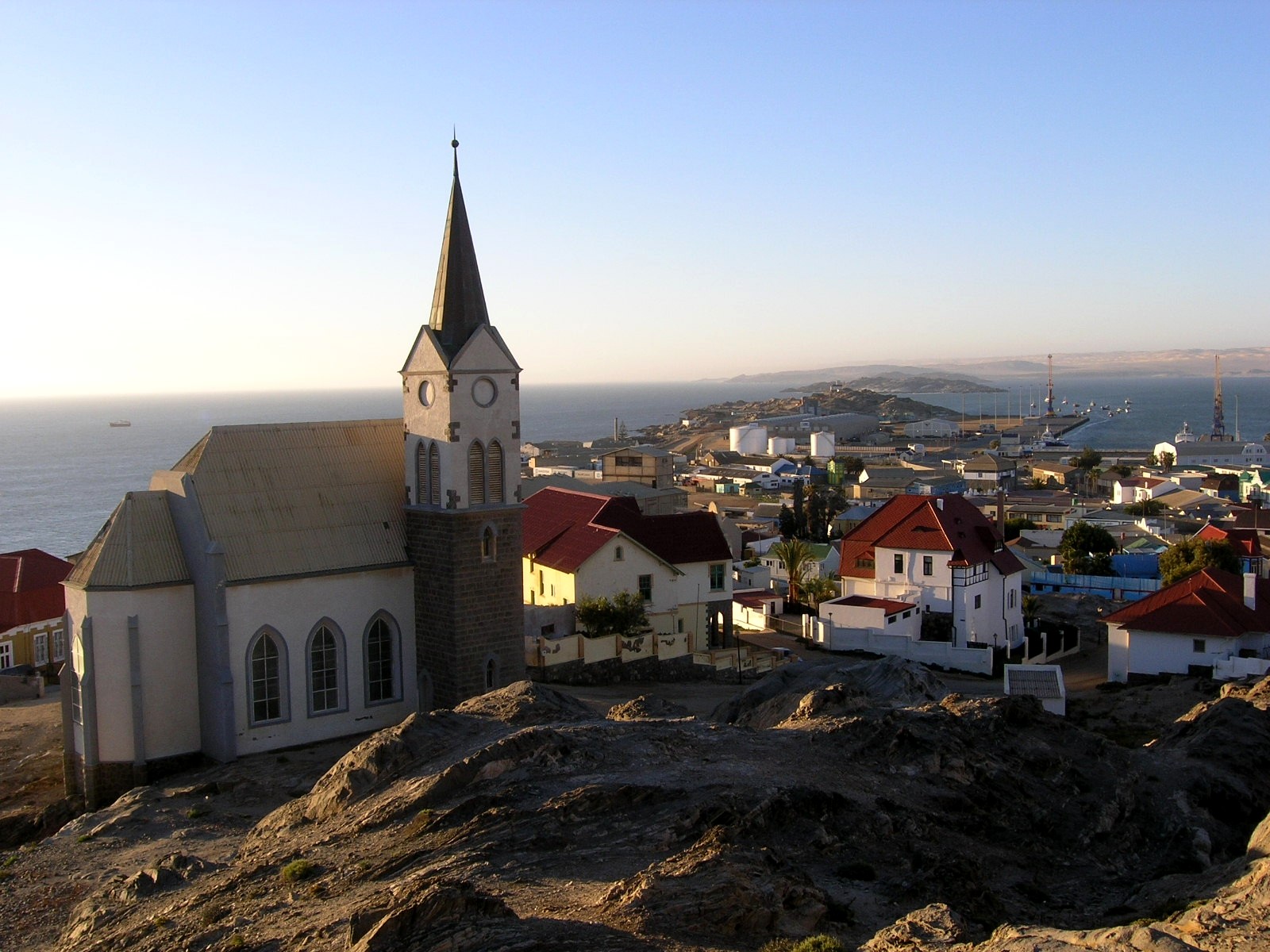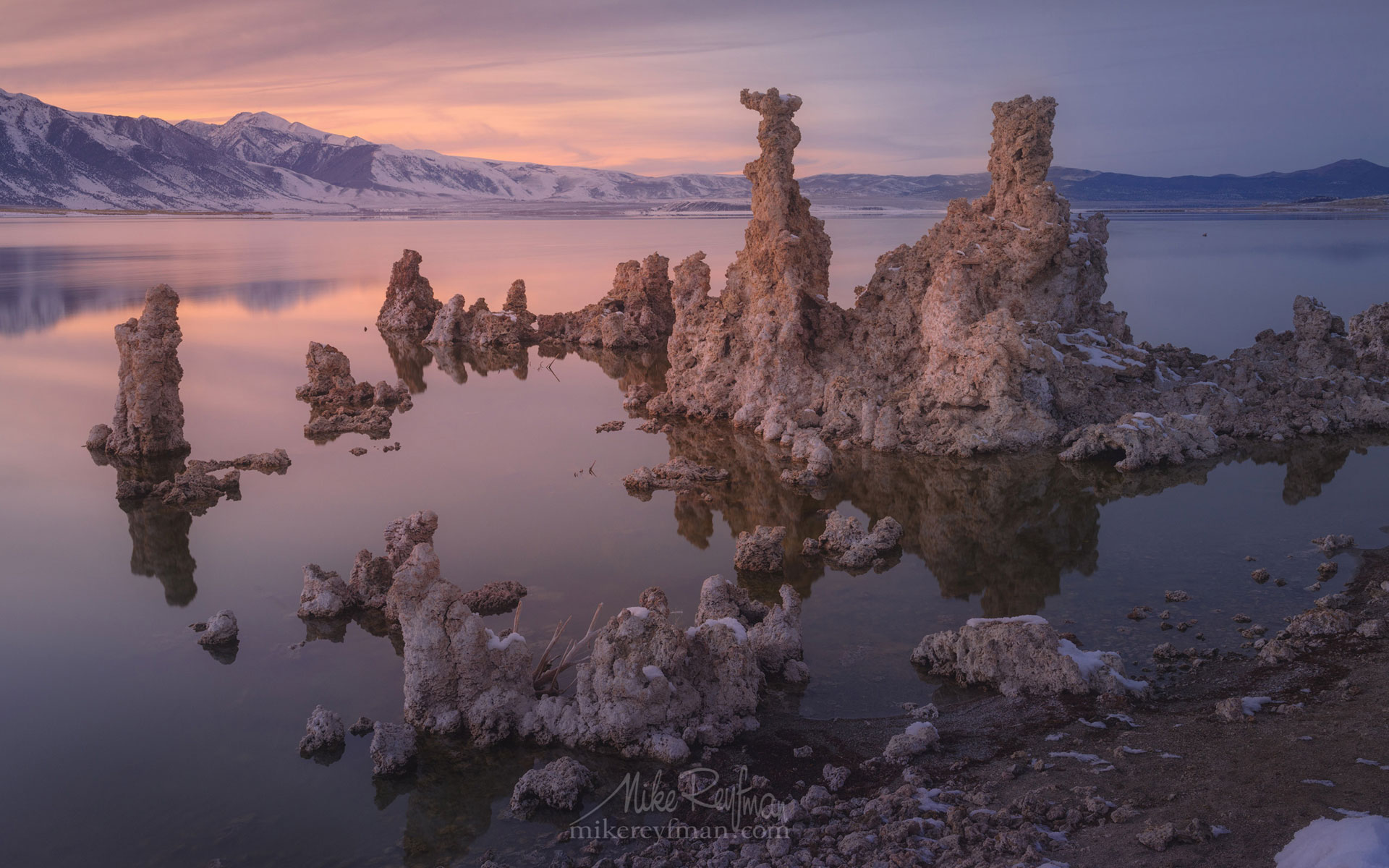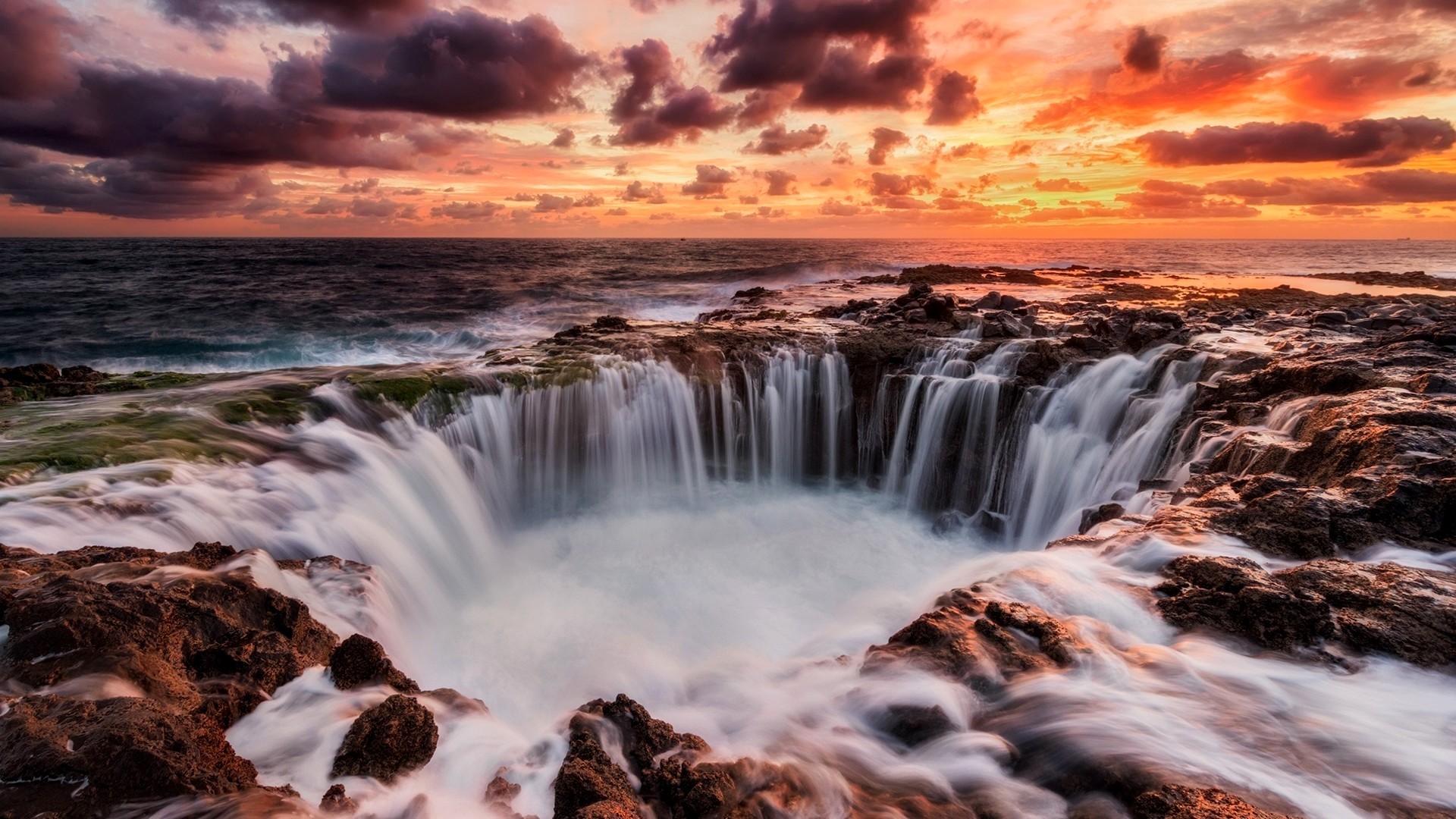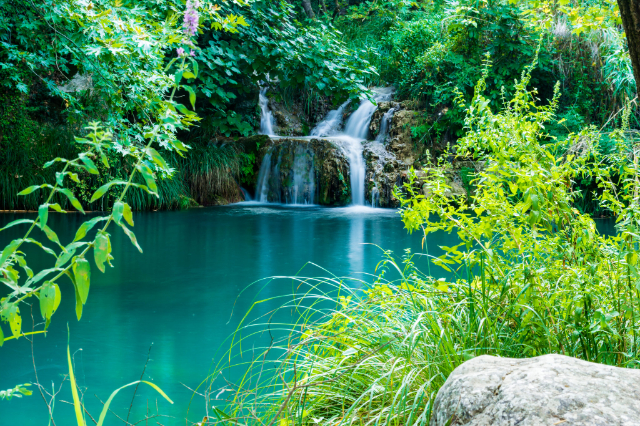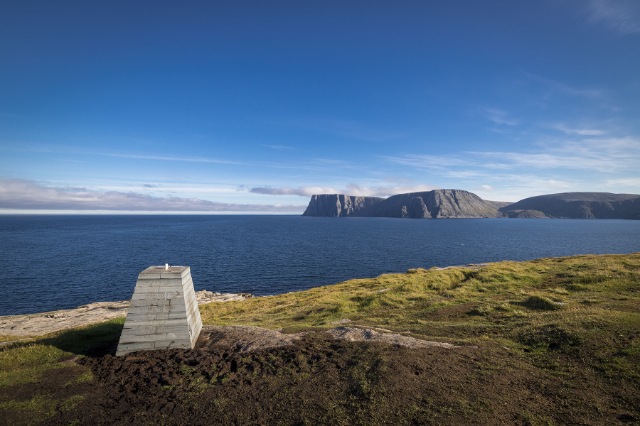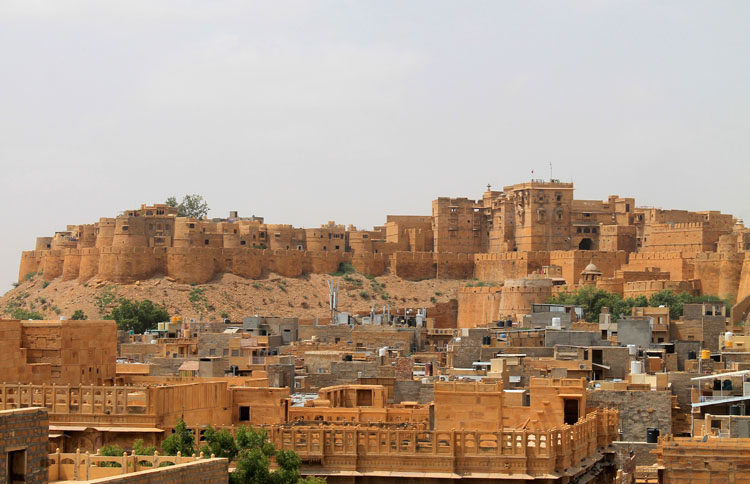Unique in the world, the caves of Ajanta date back to 300 BC. Despite their millenary history, the paintings and sculptures are perfectly preserved. The history of these caves is this: The construction of the Ajanta Caves was made possible thanks to the patronage of two dynasties, the Satavahanas and the Vakatakas. The 30 caves that can be seen today were not built together. Some were built during the first Satavahana period and others during the later Vakataka period, and this is quite evident in the construction styles of the respective caves. The caves that were first born were those numbered 9, 10, 12, 13 and 15A. It is believed that this group of caves was built between 200 BC and 100 AD. These caves show signs of the massive impact of the Hinayana sect of Buddhism that was prevalent during the Satavahana period. The Hinayana sect did not worship Buddha in the way the cult was performed in Hinduism. Thus, the caves of this previous period were based on stupa (a dome shaped building built as a Buddhist sanctuary) and devoid of Buddha paintings or sculptures. While caves 9 and 10 are stupa with halls of worship, caves 12, 13 and 15A are viharas (monasteries). Most of the caves, 1-8, 11 and 14-29, were built during the Vakataka period under the patronage of Emperor Harishena between 400 and 500 AD. Since then, the Mahayana sect of Buddhism, which worshiped the Buddha as a God, has become very popular. Thus, the caves of this period have the life and stories of Buddha carved and painted on the walls for worship. And the wonderful sculptures and paintings were created with the kind of minimal resources that would probably fill even today’s artists with the same amount of shock and amazement! All the caves of the Vakataka period are viharas with the exception of caves 19, 26 and 29, which are chaitya grihas (prayer rooms). Dug entirely in the hill, to access them you will have to pass through the town of Aurangabad, which is not far from the caves of Ellora, also beautiful.
